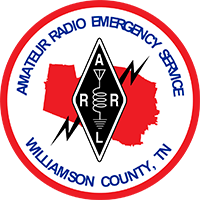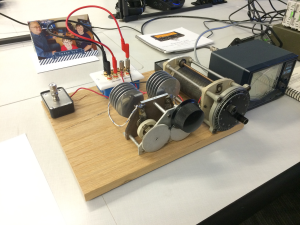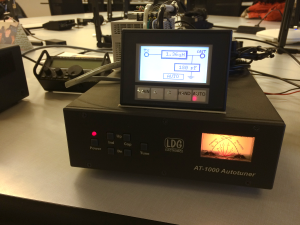WCARES EC Ed Hudgens, WB4RHQ gave the ARES Presentation at February’s Monthly Meeting.
The Tennessee Section of the ARRL is one of 71 sections in the United States and is part of the Delta Division which also includes Arkansas, Louisiana and Mississippi.
Ed gave an overview of the ARRL Divisions and Sections, the Delta Division and spoke about Division and Section nets, how the Sections coordinate during emergency events.
Ed announced a new division initiative to promote amateur radio through local libraries. Outreach to Williamson County libraries will include donations of ARRL book packages such as handbooks, license manuals and related materials and offers to host meetings about amateur radio and WCARES.
Ed’s Delta Division presentation includes more information (PDF)
Ed also talked about a recent presentation he gave at a meeting of the Cumberland Plateau Amateur Radio Club, CPARC. Dudley Pitts, KM4IYQ, past member of WCARES is now the CPARC club president. Ed spoke about WCARES and the Williamson Co. EMA, how the ARRL sees ARES evolving and some of the initiatives Ed has started during his tenure as WCARES Emergency Coordinator (EC).
Ed’s presentation to the CPARC meeting (PDF)


 This set will replace the over ten year old well-used set currently in their system. Included are the 24th edition of the Antenna Book, the 4th edition of the FCC Rules, the 2020 Handbook, the 12th edition of the Operating Manual, the 3rd edition of the RFI Book, the 2nd edition of Understanding Basic Electronics, and copies of the current edition of the Technician, General, and Extra Class License Manuals.
This set will replace the over ten year old well-used set currently in their system. Included are the 24th edition of the Antenna Book, the 4th edition of the FCC Rules, the 2020 Handbook, the 12th edition of the Operating Manual, the 3rd edition of the RFI Book, the 2nd edition of Understanding Basic Electronics, and copies of the current edition of the Technician, General, and Extra Class License Manuals.
